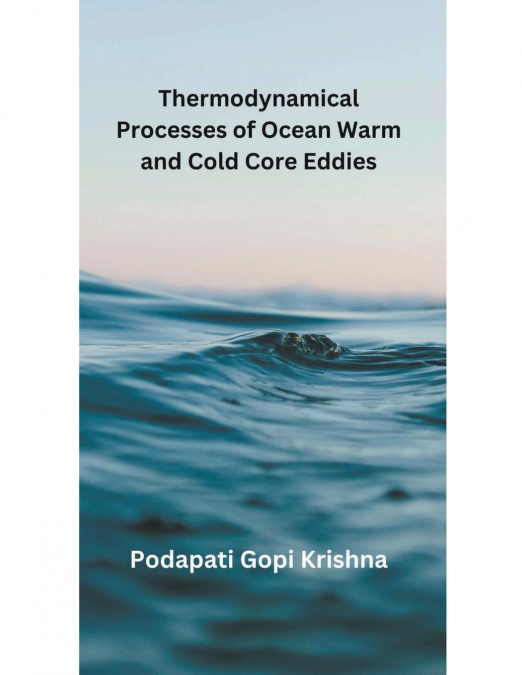
 Librería 7artes
Librería 7artes
 Donde los libros
Donde los libros
 Librería Elías (Asturias)
Librería Elías (Asturias)
 Librería Kolima (Madrid)
Librería Kolima (Madrid)
 Librería Proteo (Málaga)
Librería Proteo (Málaga)
Tropical cyclones are cyclonic systems that occur over warm ocean waters in tropical areas and have outer circulations that can stretch more than 1000 kilometers from the storm centre. Every year, over 80 tropical cyclones form over the tropical oceans, posing a serious hazard to people and property in many regions of the world. Almost every year, these abrupt, unpredictable, and ferocious storms cause enormous havoc along the coasts and on the islands that they pass through. The typical life span of a tropical cyclone is 6 to 9 days, but it can range anywhere from a few hours to three to four weeks. Tropical cyclones are well-known for their destructive nature, and they are the deadliest of all-natural catastrophes in terms of human and property damage. Around 80-100 cyclones strike the world each year. Except for the South Atlantic and Southeast Pacific, tropical cyclones originate over ocean basins at lower latitudes in all oceans. Low sea surface temperatures in the South Atlantic and Southeast Pacific basins make cyclogenesis difficult. The North Indian Ocean (NIO) is more prone to the creation of storms in Indian areas. The Indian Ocean (both north and south of the equator) is home to around a quarter of the world cyclones. Tropical storm activity increases worldwide in late summer when the temperature differential between altitude and SST is at its largest. Each basin, on the other hand, has its own seasonal cycles. In different parts of the world, tropical cyclones are referred to by different names. They are known as Hurricanes in the Atlantic and Eastern Pacific, and Typhoons in the Western Pacific. They are known as Tropical cyclones in the Indian Ocean. The winds of a tropical storm spin anticlockwise in the Northern hemisphere and clockwise in the Southern hemisphere. Tropical cyclones are restricted to a few places and seasons, mostly in the western reaches of the large tropical oceans. Tropical cyclones attain tropical storm intensity (34 knots or more) per year. Approximately 80% of tropical cyclones develop in the ITCZ (Inter Tropical Convergence Zone) or poles ward. Tropical cyclone development can differ from basin to basin due to differences in terrain, geology, oceanography, and large-scale flow patterns